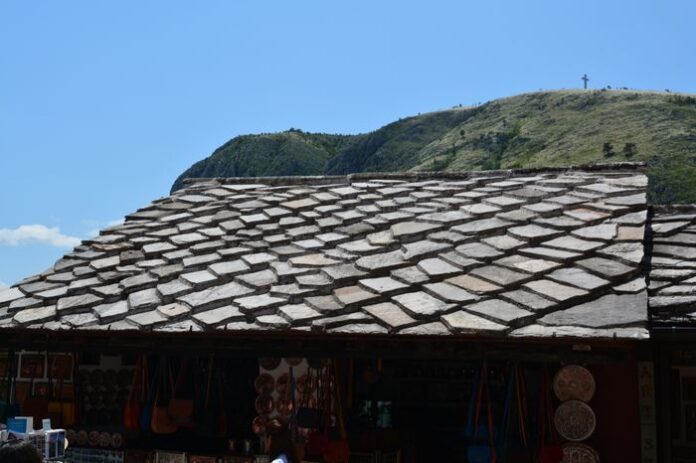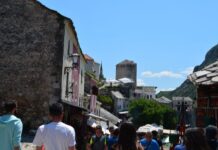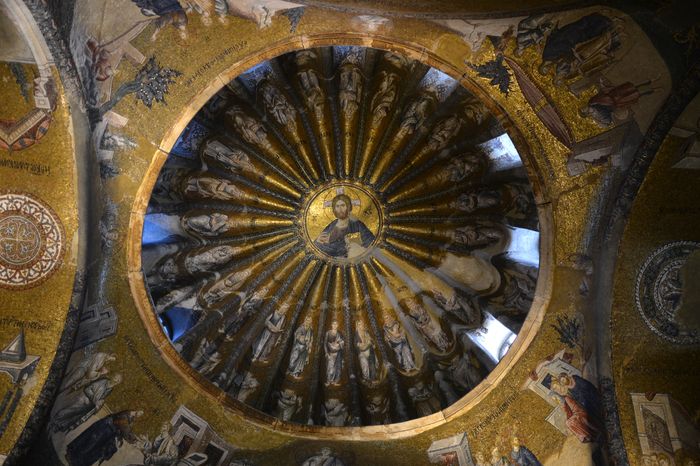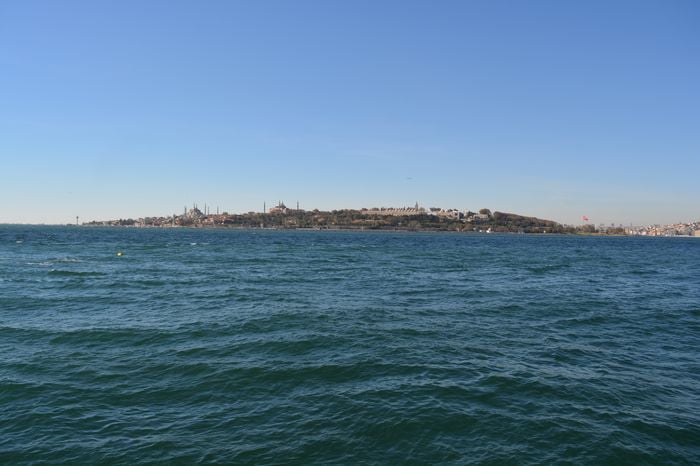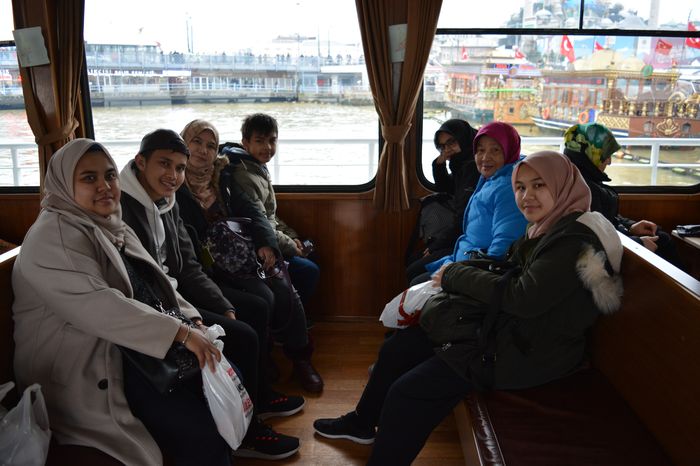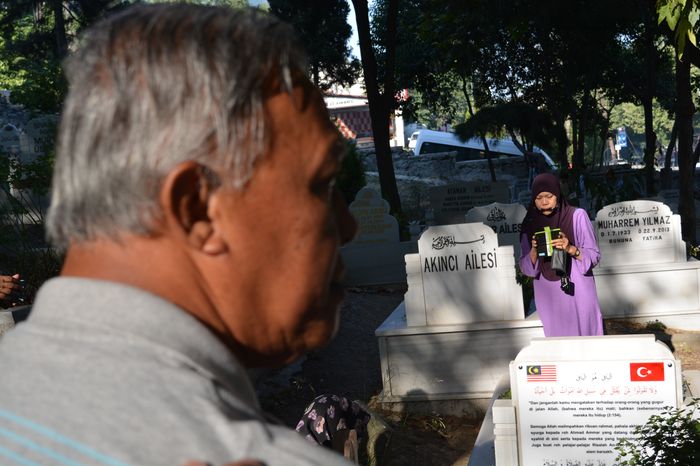There are two or three additional passages that relate to the current discussion, although they are somewhat vague and unclear. These passages provide some insights, but their usefulness is limited.
The Role of Minotto in the Siege of 1453
One passage comes from Phrantzes, who states that during the siege of 1453, the charge of the palace and its surroundings was given to Minotto, the Duke of the Venetian colony. This could be used to support the idea that the “turres Avenides” mentioned by Leonard of Scio, and associated with Jerome and Leonardus de Langasco, were not the towers S and N, but instead the towers of the Heraclian Wall. The reasoning is that, since the towers S and N were attached to the Palace of Blachernae, they would have fallen under the care of Minotto. This argument does make sense to some extent. However, it is weakened by the writings of Pusculus (iv. 173) and Zorzo Dolfin , who imply that the palace defended by Minotto was the Palace of the Porphyrogenitus. Both writers place the Gate of the Palace (as mentioned earlier on page 47) between the Gate of Charisius (Edirne Kapoussi) and the Gate of the Kaligaria (Egri Kapou), and Pusculus describes the palace in question as “Regia celsa,” which is a fitting description of a building located, like Tekfour Serai, on the city walls Private Guided Turkey Tours.
Clavijo’s Description of the Church of Blachernae
Another reference comes from Clavijo, a Spanish ambassador who visited the Byzantine Court in 1403. He describes the Church of Blachernae, although not by name, in his writings. Clavijo states (in Constantinople, ses Sanctuaires et ses Reliques, translated into French by Ph. Bruun, Odessa) that the church was “située dans la ville près d’un château fort, servant de demeure aux empereurs ; ce fort a été démoli par un empereur, parce qu’il y avait été enfermé par son fils.” This translates to, “situated in the city near a fortress, serving as the residence of the emperors; this fortress was demolished by an emperor because he had been imprisoned there by his son.”
The fact that Clavijo locates the Church of Blachernae near the Tower of Anemas may be important. It can be interpreted as evidence supporting the idea that the Tower of Anemas was located in the Wall of Heraclius. This interpretation makes sense because there is no better way to describe the church’s location than by saying it was situated just behind the Heraclian Wall The Opinion of Sixteenth-Century Constantinople.
In conclusion, these additional references provide valuable context, but they do not offer a definitive solution to the identification of the Tower of Anemas. They contribute to the ongoing debate, suggesting that the Tower of Anemas may have been located near or within the Heraclian Wall and that the situation is more complicated than previously thought.
